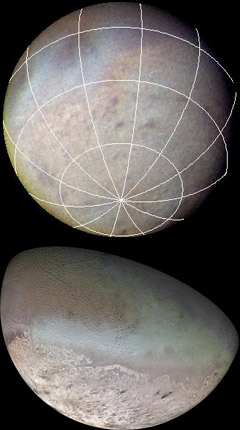These two pictures show the South Pole of Triton. The polar ice cap is the light pink area along the bottom of the lower picture.
Click on image for full size
Images courtesy of NASA/JPL/USGS.
The Poles of Triton
Triton is the largest moon of Neptune. It is a very unusual moon. The poles of Triton are especially interesting.
Triton has a polar ice cap at the South Pole. Earth, of course, has ice caps at its poles too. On Earth the ice caps are frozen water. On Triton, the ice caps are made of frozen nitrogen (and maybe some methane). Nitrogen is the main gas in Earth's atmosphere, but on Triton it is so cold that nitrogen freezes. The temperature on Triton is around -235° C (-391° F)! Scientists think Triton has an ice cap at its North Pole, too. However, we don't have any pictures of its North Pole yet.
Scientists have spotted ice volcanoes near the South Pole of Triton. There are only three other places in the Solar System that have volcanoes or geysers. Earth is one, Jupiter's moon Io is the second, and Saturn's moon Enceladus is the third.
Triton has a strange orbit around Neptune. Because of that, most of the time one of Triton's poles is tilted towards the Sun. Neptune takes more than 160 years to orbit the Sun once. That means that Triton's poles spend about 80 years in darkness followed by 80 years of sunlight. The seasons at Triton's poles last for decades!
You might also be interested in:

How did life evolve on Earth? The answer to this question can help us understand our past and prepare for our future. Although evolution provides credible and reliable answers, polls show that many people turn away from science, seeking other explanations with which they are more comfortable.
...more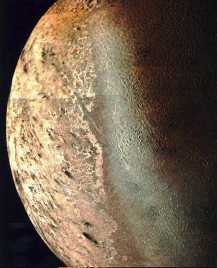
Triton was discovered by W. Lassell in 1846. Of the 8 moons, it is the 2nd farthest from Neptune, with a standoff distance of 354,800 km. Triton may be one of the largest of the icy moons, is comparable
...more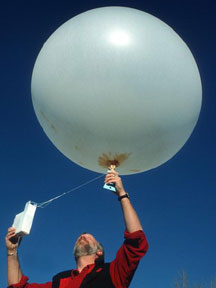
Gas is one of the four common states of matter. The three others are liquid, solid, and plasma. There are also some other exotic states of matter that have been discovered in recent years. The air in Earth's
...more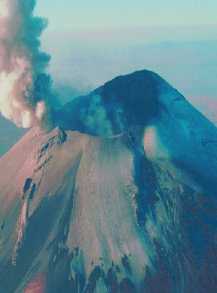
There are several ways in which a volcano can form, just as there are several different kinds of volcanoes. Volcanismis part of the process by which a planet cools off. Hot magma, rising from lower reaches
...more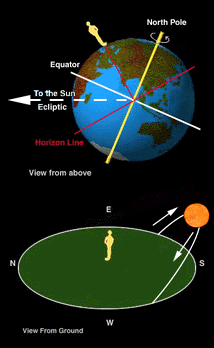
Let's pretend, for the moment, that you're the person standing on the Earth in the picture to the left, living in Topeka, Kansas, around 40° N latitude. The picture on the left shows the view from the
...more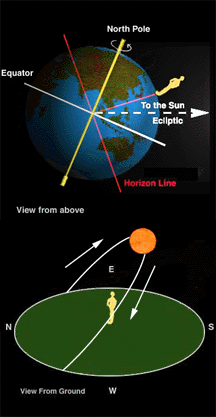
Let's pretend, for the moment, that you're the person standing on the Earth in the picture to the left, living in Topeka, Kansas, around 40° N latitude. The picture on the left shows the view from the
...more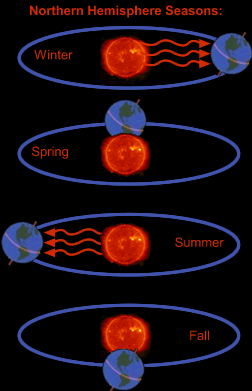
During the year, the seasons change depending on the amount of sunlight reaching the Earth as it revolves around the Sun. The seasons are caused as the Earth, tilted on its axis, travels in a loop around
...more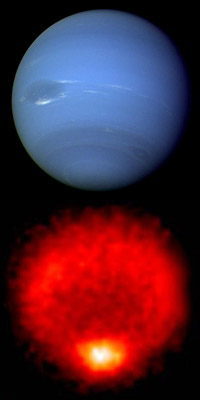
The South Pole of the planet Neptune is a bit strange. Triton, Neptune's largest moon, also has interesting features at its poles. Neptune is tilted on its axis by about 28°. That isn't so strange... Earth
...more


